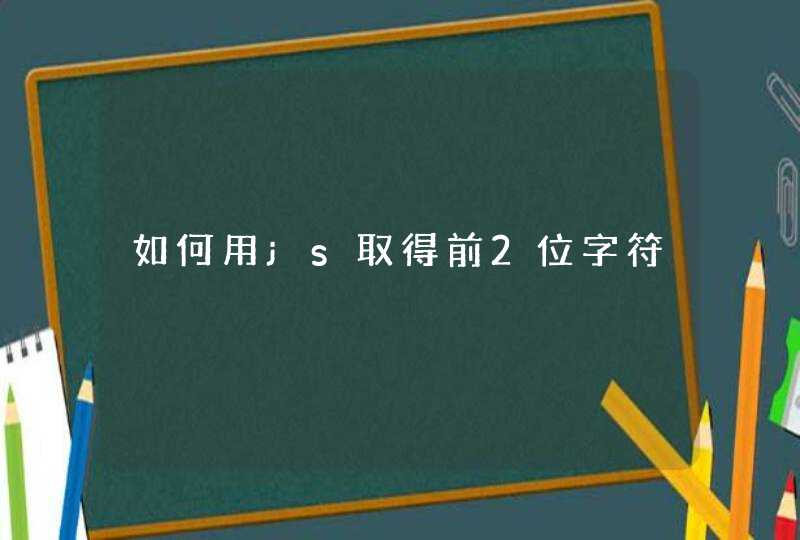
数据准备
函数:legend(location, title, legend, ....)
参数详解:
x和y:用于定位图例,也可用关键词"bottomright", "bottom", "bottomleft", "left", "topleft", "top", "topright", "right" 和 "center";当图例用关键词设置位置后,inset = 分数,可以设置其相对位置;
legend:指定图例标签,字符或表达式向量;
fill:用特定的颜色进行填充;
col:设置图例中出现的点或线的颜色;
border:当fill = 参数存在的情况下,用于指定填充的边框颜色;
lty, lwd:图例中线的类型与宽度;
pch:点的类型;
angle:阴影的角度;
density:阴影线的密度;
cex:指定图例显示大小;
bg:指定图例的背景色;
bty:指定图例框是否画出,默认o为画出,n为不画出;
box.lty, box.lwd, box.col: 设置图例边框线型,线粗,颜色,box.lty为虚线,box.lwd决定粗线,box.col决定颜色;
pt.bg:图例中点的背景色;
pt.cex:图例中点的大小;
pt.lwd:图例中点边缘的线宽;
x.intersp:图例中文字离图片的水平距离;
y.intersp:图例中文字离图片的垂直距离;
adj:图例中字体的相对位置;
text.width:图例中字体所占的宽度,调整后图例整个宽度也跟着变化了;
text.col:图例字体的颜色;
text.font:图例字体;
merge:逻辑值,merge=TRUE,合并点与线,但不填充图例框,默认为TRUE;
trace:逻辑值,trace=TRUE显示图例信息;
plot:逻辑值,plot=FALSE不画出图例;
ncol:图例中分类的列数;
horiz:逻辑值,horiz=TRUE,水平放置图例;
title:给图例加标题;
xpd:xpd=FALSE,即不允许在作图区域外作图,改为TRUE即可,与par()参数配合使用;
title.col:标题颜色;
title.adj:图例标题的相对位置,0.5为默认,在中间。0最左,1为最右;
seg.len:指定图例中线的线长,长度单位为字符宽度。
1 图例方位
2 修饰图例
3 图例绘制在图外
4 自定义图例
有时候绘制出的图是分组图,这时候需要自定义绘制图例。
参考资料:
《R语言实战》(中文版),人民邮电出版社,2013.
R语言绘制图例(legend)的各种问题_详细综合解析, https://blog.csdn.net/xiangyong58/article/details/54579293
投必得R语言教程,第二讲 R作图-基础-图形参数设置:标题、图例、文字, https://mp.weixin.qq.com/s?__biz=MzU1Mzc3OTIwNg==&mid=2247495531&idx=1&sn=cdd80d4e950ae2b344cf188c68922fa8&chksm=fbef0602cc988f14e93b71bc6fcc2fda782d3ae9a3a67601a6c87756f4ae85bcc5d9c56d9b51&scene=21#wechat_redirect
一幅图解决R语言绘制图例的各种问题, https://blog.csdn.net/weixin_30469895/article/details/96649305
我的亲师弟最近也开始学习R语言了,然后师弟每天“师姐,师姐...",“我这个怎么弄...”,“我怎么又报错了...”,“师姐师姐...”...我快被他搞疯了,于是有了这篇文章。
新手在学习R语言的过程中一定会出现各种各种问题,问题多到令人抓耳挠腮。
但其实不要觉得害怕或有打退堂鼓的心里,R的使用,就是不断报错不断找问题的过程。但是出现问题,第一反应一定要是上网搜索,找答案,不要第一时间就问身边的人,错失了思考的过程。生信的学习,其实就是一个漫长的自学过程。
推荐 搜索引擎:必应,必应,必应 !不要再用某度啦拜托!当然如果你能想办法用Google,那当然再好不过了。
搜索能解决百分之九十以上的问题 ,就算解决不了,如果解决不了,可能是因为你的搜索能力还不够高。在这个搜索、尝试解决以及思考的过程,对新学者来说也是一大收获。本身搜索能力的提升就是一个巨大收获。
如果自己尝试了好久,最终实在解决不了,那。。。就再去请教有经验的前辈吧~
其实这种搜索并独立解决问题的思维,我还是在同济大学, 生信大牛刘小乐教授 课题组学到的。刘小乐教授课题组每年都有为期一个月的生信培训,本人有幸学习过一段时间。她们会给很多生信相关的题目给到学员,然后附上一些教学视频,培训的大部分时间,其实就是写作业,自己想方设法找到解决方案的过程。那些大牛师兄师姐们虽然一直在陪伴我们,但是并不会直接告诉我们答案,而是引导我们自己思考,自己去解决。当时真的很崩溃,因为真的啥也不会,怎么搞。一天下来有可能一个问题都答不上来。
但是现在回头想想,我真的获益良多。因为我慢慢学会了独立思考,现在遇到R相关的问题,配合上搜索功能,基本上已经完全能自己驾驭了。
这可能就是“ 授人以鱼不如授人以渔 ”的道理吧。
R语言很简单,只要你想学,就一定能学会。
以下附上同济大学刘小乐课题组在培训时针对初学者第一周的初级练习题。希望对大家有所帮助。
首先你需要先安装几个最常用的数据处理软件
You can use the mean() function to compute the mean of a vector like
so:
However, this does not work if the vector contains NAs:
Please use R documentation to find the mean after excluding NA's (hint: ?mean )
In this question, we will practice data manipulation using a dataset
collected by Francis Galton in 1886 on the heights of parents and their
children. This is a very famous dataset, and Galton used it to come up
with regression and correlation.
The data is available as GaltonFamilies in the HistData package.
Here, we load the data and show the first few rows. To find out more
information about the dataset, use ?GaltonFamilies .
a. Please report the height of the 10th child in the dataset.
b. What is the breakdown of male and female children in the dataset?
c. How many observations are in Galton's dataset? Please answer this
question without consulting the R help.
d. What is the mean height for the 1st child in each family?
e. Create a table showing the mean height for male and female children.
f. What was the average number of children each family had?
g. Convert the children's heights from inches to centimeters and store
it in a column called childHeight_cm in the GaltonFamilies dataset.
Show the first few rows of this dataset.
In the code above, we generate r ngroups groups of r N observations
each. In each group, we have X and Y, where X and Y are independent
normally distributed data and have 0 correlation.
a. Find the correlation between X and Y for each group, and display
the highest correlations.
Hint: since the data is quite large and your code might take a few
moments to run, you can test your code on a subset of the data first
(e.g. you can take the first 100 groups like so):
In general, this is good practice whenever you have a large dataset:
If you are writing new code and it takes a while to run on the whole
dataset, get it to work on a subset first. By running on a subset, you
can iterate faster.
However, please do run your final code on the whole dataset.
b. The highest correlation is around 0.8. Can you explain why we see
such a high correlation when X and Y are supposed to be independent and
thus uncorrelated?
Show a plot of the data for the group that had the highest correlation
you found in Problem 4.
We generate some sample data below. The data is numeric, and has 3
columns: X, Y, Z.
a. Compute the overall correlation between X and Y.
b. Make a plot showing the relationship between X and Y. Comment on
the correlation that you see.
c. Compute the correlations between X and Y for each level of Z.
d. Make a plot showing the relationship between X and Y, but this
time, color the points using the value of Z. Comment on the result,
especially any differences between this plot and the previous plot.


































































